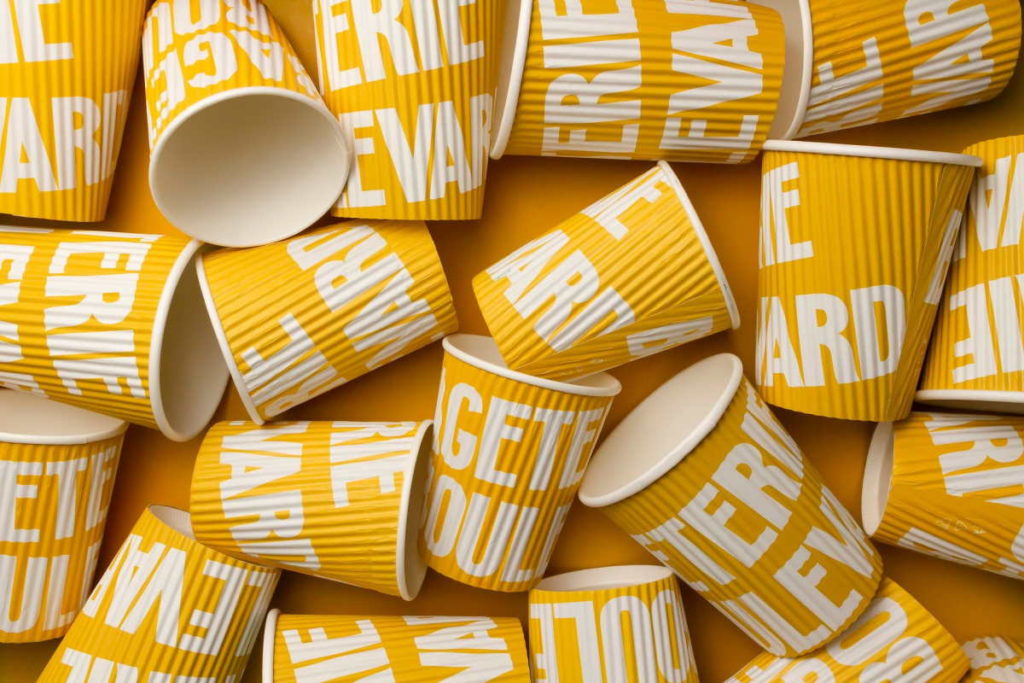Introduction: Many global organizations and corporations have been following the trend of eco-friendly products such as organic foods, green cleaning products, solar power generation, etc. But don’t all these companies understand why this trend is so popular? What makes it so successful worldwide? The answer to this question will help you create your own ‘successful’ product.
7 Tips To Create An Eco-Friendly Product
First, you have to decide what eco-friendly products will be your competitive advantage. And also identify the customer needs in this sphere. You can find many examples of successful eco-friendly products by searching on the internet. In the meantime, here’s how you can create a successful eco-friendly product.
1. Eco-Friendly Packaging and Labeling
Product packaging is one of the most effective ways to promote your item and attract new consumers. A label with a unique design will be an excellent tool for company promotion and brand building, and it can also serve as a gift attachment.
There are sustainable materials packaging that help highlight the uniqueness of your ways of producing, distributing, etc. Remember – consumers care about how eco-friendly products are made – don’t forget about their preferences on product labeling. These materials include:
- Cellulose – bioplastic. It can be composted and recycled.
- Paper – light, compact and recyclable material. Consumes less energy during the manufacturing process.
- Fiber (glass wool) – it is not only environmentally friendly, but also saves you money on product shipping.
The best takeaway coffee cups can complement your eco-friendly product line. A high-quality, reusable cup can significantly reduce waste and promote sustainability. When choosing the perfect cup for your brand, factors like insulation, durability, and style must be considered.

2. Product Conceptualization
Another step in creating an eco-friendly product is conceptualization. You have to think of what type of product will be the most acceptable to your particular target group. It may be any social problem which you can solve with your product. Some examples are:
- Noise pollution – produce organic earplugs, localize manufacturing process, etc.
- Carbon dioxide emissions – launch a program for using solar energy sources or introduce programs that plant trees.
- Water consumption – sell rainwater collection equipment, recycle wastewater, etc.
3. Involve Customers In The Process Of Production
If you want to create a successful eco-friendly product, you should involve your customers in the production process. They will feel like they are part of your team, and it will attract their attention even more. You can create an online community (with bloggers) where people can post reviews on your new products or share with others what materials they use in everyday life.
By asking them to perform some simple actions, you will become a more transparent and responsible company for your customers, due to which they will like you more than the others (and, of course, buy from you). For example: “Plant a tree with us” or “Save electricity.” You can use popular social networks such as Facebook or Twitter to involve customers in the process of your company development.
4. Social Responsibility And Charity Work
It is not enough to produce eco-friendly products. You have to spread your ideas among people, educate them, and encourage others to use technology and save the environment by doing simple actions in their life. By supporting charity events or performing charitable activities, you will enhance trust among citizens towards your company, leading to increased sales of eco-friendly products.
After creating an eco-friendly product, it would be helpful to think about its future life cycle, i.e., how it will be disposed of after usage by people? It is better to aim well during the creation process because your product will be on the market for a long time. It is beneficial to have a reusable design that creates less waste.
5. Use Environmental Labels And Certificates
One of the most popular ways to present your product as eco-friendly is to obtain some environmental labeling or certification. GoGreen, Energy Star, and Nordic Swan are just examples of this label type. These certificates prove that your company meets all required criteria according to these standards, and it lets consumers choose with confidence.
There are also different international environmental certificates for sustainable companies. These include TUV NORD EcoWorld ISO 14001 etc. They help consumers understand that they are buying a great product that helps protect the environment in many ways (reduce carbon dioxide emissions, reduce water consumption, use renewable energy sources, etc.). It also shows that you are responsible and care for people and nature.
6. Give It Back To The Earth
Every purchase you make has an impact on our planet. When you decide to buy an eco-friendly product, you protect the environment by reducing carbon dioxide emissions and reducing water consumption, using renewable energy sources, etc. And when this item is no longer needed in your house, don’t just throw it away in the trash. Instead, recycle it so that its components can be reused in different stages of their existence (raw materials for manufacturing new items).
Recycling helps protect the environment by reducing air, water, and soil pollution. Recycled plastics can be used as raw materials for manufacturing new products. In addition, recycling is a more efficient use of energy than producing new goods from virgin materials, since no energy is needed for mining or harvesting the resource.
7. Exploit The Eco-Friendly Product’s Different Advantages
An eco-friendly product can have different benefits compared to standard products. You should pay attention to the use of organic materials, the absence of hazardous chemicals, and their durability, which are essential aspects of sustainable development.
Even if your product is eco-friendly, you must keep in mind that it must be highly functional with a great design because otherwise, people will not buy it or pay more for this capability. Product packaging is another point where you can save energy during the production process with an innovative idea which bundles multiple smaller items into one more giant box. For example, you can shrink pack different bottles into this one big bottle instead of using small individual ones. By bundling them together with cellophane, you will reduce shipping costs and the amount of plastic waste.
Creating an eco-friendly product is easier than you think. Many producers are already using this method to increase their sales and reach new customers. Besides, consumers are more and more willing to try out new products. So it is the right time to consider the possibility of creating an eco-friendly product if you haven’t done this before.
